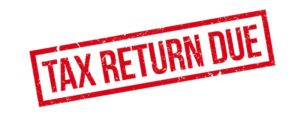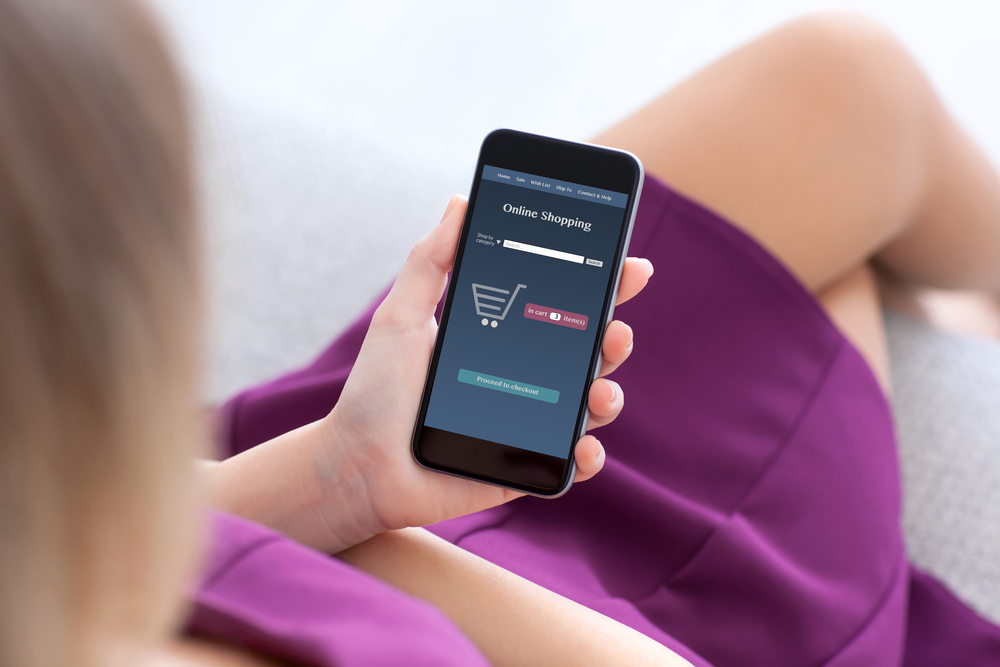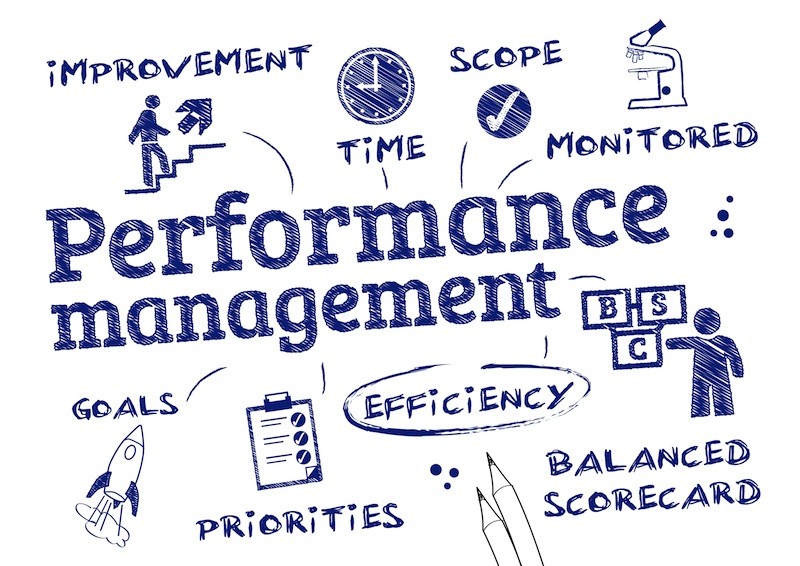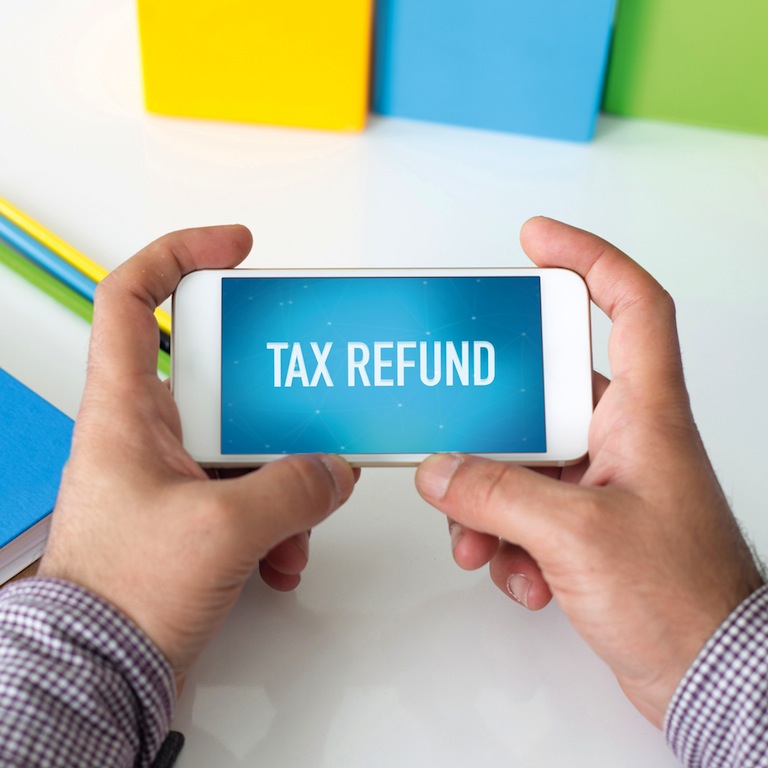How much can you and should you pay yourself, as a sole trader? Martin Brennan explains.
This should be one of the first questions a new sole trader asks themselves. How can you access money? How do you get paid?
Here we will look at how you get paid from your business and the effects this has on your annual tax bill.
The business has started but where are my wages?
As a self-employed person, you don’t follow the same tax and payment rules as an employee. An employee receives a wage each (week/month) gross wage less PRSI, USC, PAYE and the net wage is the paid. The employer pays PSRI @ 10.75% on amounts over €376.00 per week. This tax is collected by revenue each quarter via the P30.
A sole trader’s wages is called ‘drawings’. This is any money you have taken out of the business for personal reasons. Lunch paid for with the business card is drawings, cash taken out to pay your house rent is drawings. Cash or expenses taken out of the business for personal reasons as outlined in Section 81(2) (a)–(o) TCA 1997.
However, as a sole trader, your drawings are not tax deductible expenses.
Here are some simple examples.
Business A
Sales €100,000
Expenses (€60,000)
Drawings (30,000)
Cash left in the bank €10,000
Business B
Sales €100,000
Expenses (€80,000)
Drawings (15,000)
Cash left in the bank €5,000
We have two businesses, in business A the owner has drawings of €30,000 and in business B drawings are €15,000. Both businesses have funds in the bank at year-end. A sole trader is only taxed on the profits their business makes at the end of a financial year. Therefore, the following case profit will look like this:
Business A
Profit €40,000
Tax Note 1 €10,576
Business B
Profit €20,000
Tax note 1 €2,160
Points to note
Business A has €10,000 in the bank and now has a tax bill of €10,576 for the year, and may have to pay preliminary tax for next year, in theory, this could total €21,152. This could put severe pressure on the business owner to pay.
Business B has €5,000 in the bank and can cover the tax bill. With a preliminary tax payment, this business still has enough cash in the bank to cover its tax bill.
(This is assuming a single individual, subject to tax at standard rate €33,800 and marginal rate, normal USC rates and PRSI @ 4% applies.)
Conclusion
You can take as many drawings out of your business as you may require, however, keep in mind your cash flows and your tax bill requirements. Be reasonable, not reckless.
Depending on the business and the turnover, a sole trader may also be required to register for VAT. The business will then add VAT to the sales price of its good and services. Revenue.ie has the full details.
There is nothing more stressful than getting a tax bill and not having the funds to pay it. Having up-to-date financial information helps you decide how much you can afford to take out of the business without putting financial stress on yourself.
Remember, planning for something is better than reacting to something.
Martin Brennan is a Chartered Accountant. You can follow Martin’s discussions on tax and business on Facebook and Twitter.







